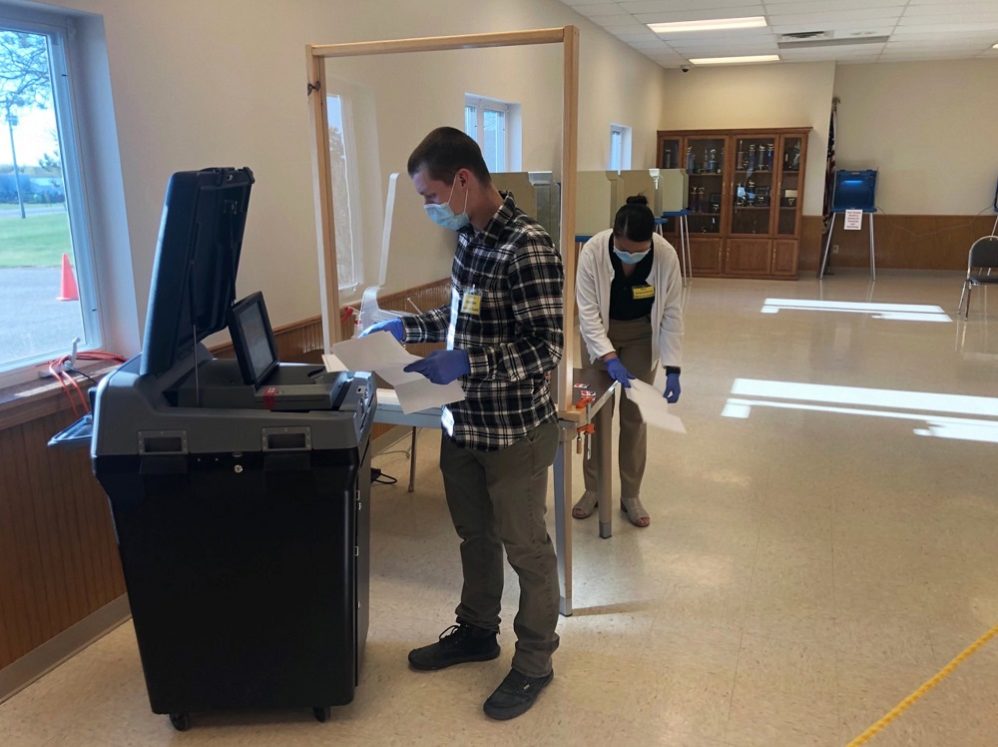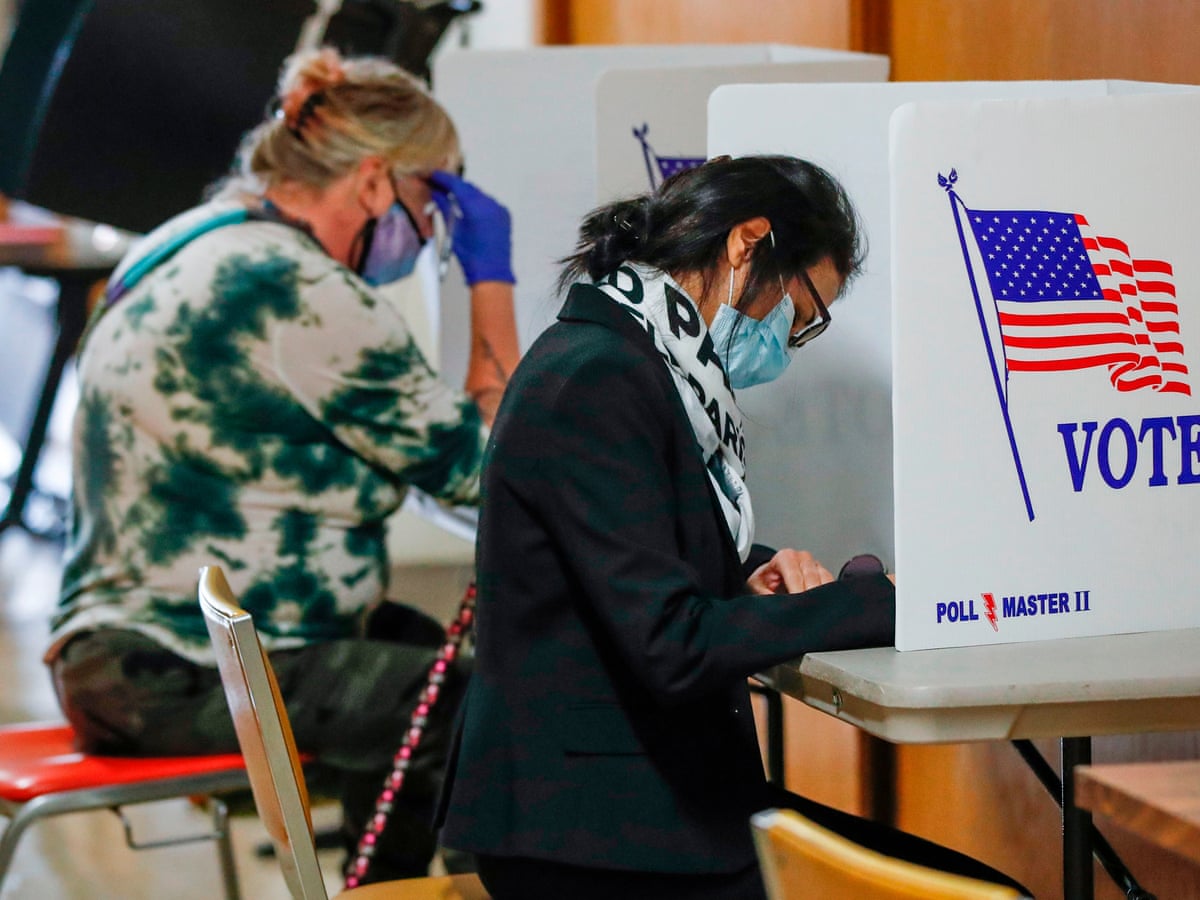Doubt is a feature, not a bug, of rapidly constructed mass mail-in elections.
Democrats spent 2020 insisting they would not only win the presidency in a landslide but ride a “blue wave” through Congress. If they were truly that confident Joe Biden could become leader of the world through Zoom calls from his basement, then why did Democrats blanket the country with millions of dollars to alter election processes in ways that are known to substantially increase errors and fraud to within election-tipping margins?
The Russia collusion investigation uncovered text messages calling Barack Obama’s intelligence agencies spying on Donald Trump’s campaign an “insurance policy” against the “risk” Trump might win. What “insurance policies” did Democrats take out in 2020?
Democrats’ allies in big tech rigged search results and online conversations to hide news harmful to Biden. Their allies in big media refused to report on stories harmful to Biden or to ask him difficult questions. An election-overturning number of Biden voters say they would not have supported him had they been better informed of stories big tech banned and corporate media panned.
And then there is 2020’s stampede into mass mail-in voting under the guise of COVID. Mail-in voting increases fraud and error rates to within election-winning margins, as well as the ability to manipulate election outcomes by contesting ballots.
No one can blame voters for being confused before, during, or after the election. It was confusing. It is confusing. Democrats filed the lawsuits that caused the uncertainty, decided they would simply declare victory amid the ongoing chaos they deliberately created, and let media and courts seal the steal. It worked perfectly — except that the election was so unexpectedly close, people noticed.
Research: Mail-In Means More Errors than In-Person
Democrats used COVID as an excuse to ram through many long-desired weaker voting processes, to the point that an estimated 80 million Americans voted by mail in fall 2020. (Only estimates are available currently, Claire DeSoi, a spokeswoman for the MIT Election Data and Science Lab, told me in an email.) That’s approximately half of the 2020 presidential election’s estimated 160 million votes.
In 2016, approximately 24 percent of votes were cast by mail, according to federal data. That means mail-in voting approximately doubled between 2016 and 2020 as a percent of vote share. It likely more than doubled as a proportion of vote totals due to 2020’s higher turnout. By any measure, 2020 saw an enormous expansion of mail-in voting.
That represents a problem for election integrity, because mail-in necessarily includes much higher error rates and opportunities for fraud than in-person votes. It can’t help but do that. Too many more things can go wrong with a mail-in vote than an in-person one, as studies invariably point out.
“Voting by mail lacks the protections that voting in person provides,” summarizes Texas Public Policy Foundation vice president Chuck DeVore in a September 2020 study. “The ballot can get lost; no voter identification is required; and the ballot is vulnerable to fraud, voter intimidation, or deception.”
A September 2020 article published in the Election Law Journal explains how mail-in significantly increases the potential for disqualifying errors: “From requesting and then receiving a ballot, to correctly filling it out, to placing the completed ballot in a secrecy envelope that is then inserted into an official return envelope, to filling out and signing a voter’s certificate (or even having a witness sign) on the back of a return envelope, there are multiple ways a mail ballot may leak out of the ‘voting pipeline.'”
The Increased Fraud Possibilities Are Real --->READ MORE HERE
If you like what you see, please "Like" us on Facebook either here or here. Please follow us on Twitter here.



No comments:
Post a Comment